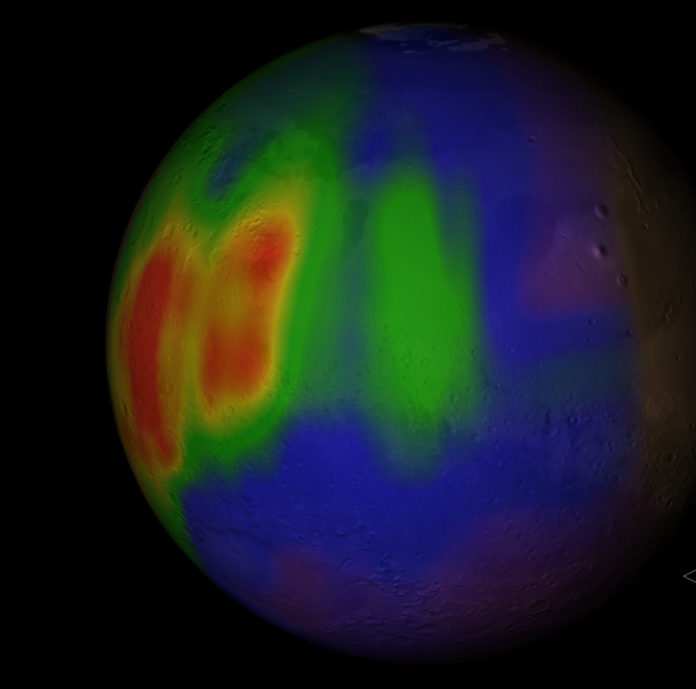Mars, the red planet, creates a new wave of news. Astrobiologists now say that there is a lot of possibility for life on the Martian surface.
A report submitted to Astrobiology Magazine , earlier this week, gave a complete detail on the study. Author of this report, Rebecca Mickol works at Arkansas Center for Space and Planetary Sciences at the University of Arkansas. She, along with her team found that microbial life could indeed survive conditions on Mars.
Mickol and her team, published a paper titled “Low Pressure Tolerance by Methanogens in an Aqueous Environment: Implications for Subsurface Life on Mars” in the journal Origins of Life and Evolution of Biospheres.

Mickol said her excitement knew no bounds when she first heard about the detection of methane in Mars. She said, “On Earth, most methane is produced biologically by past or present organisms. The same could possibly be true for Mars”. Mickol explained that the methane layer could be due to biological or geological activities. The volcanic activities in the surface of Mars could also lead to the methane production.
While considering the biological aspect, she said that the microbes could be a reason. Microbes essentially produce methane. Their habitats include, swamps, marshes, guts of cattle and other herbivores. They also live in dead and decaying organic matter. As methanogens, they do not require oxygen for survival.
The above fact, was the basis of this research. According to the paper, the microbes could be living just beneath the Martian surface, shielded from harsh levels of UV radiations. Thereby making them ideal living beings on the Red Planet. However, the area just below the surface is inhospitable to life due to the extremely low atmospheric pressure. The pressure on Mars is about 0.1% to 1% of the pressure on Earth.
Furthermore, they will measure methane to check whether mathanogens are actively growing. This research was supported by the Exobiology & Evolutionary Biology element of the NASA Astrobiology Program.



























